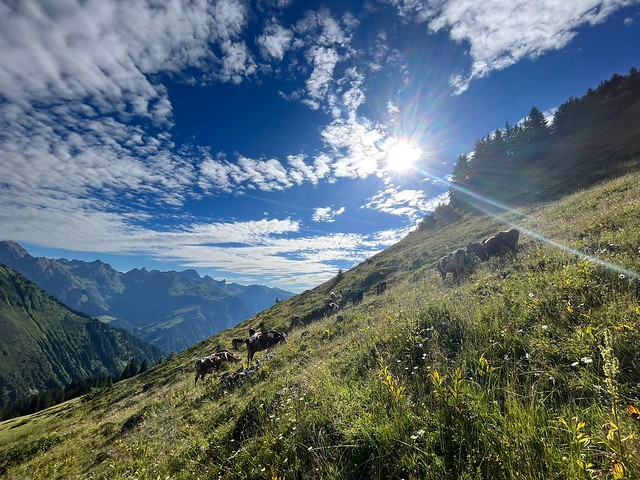Traditional Hay milk Farming in the Austrian Alpine Arc, Austria
GIAHS since 2023

Summary | Partners |
|---|
The production of hay milk is as old as the keeping of dairy animals in Europe. Throughout the Alpine region, the use of hay as a nutrient-rich winter feed has been a key technology for centuries to get ruminants through the vegetation-less cold season, thus ensuring the livelihood of farming families. A form of farming has therefore developed over the centuries that uses available natural resources efficiently and preserves them over the long term.
The landscape basis for hay farming is the permanent grassland of the mountain regions, which is managed in the form of alpine pasture farming as well as fresh grass feeding in summer and hay feeding in winter. This feeding method is not only healthy for the animals, but also represents a form of agriculture adapted to the location, which is very environmentally friendly and climate friendly.
While the majority of milk in Austria was still produced through hay farming until the 60s of the 20th century, today the figure is only 15%. Hay farming is feasible and practical wherever there is permanent grassland and winters are low in vegetation, especially in mountainous areas. There are smaller pockets of hay milk spread across Europe, but overall, only about 3% of the milk in Europe is produced according to this system.


